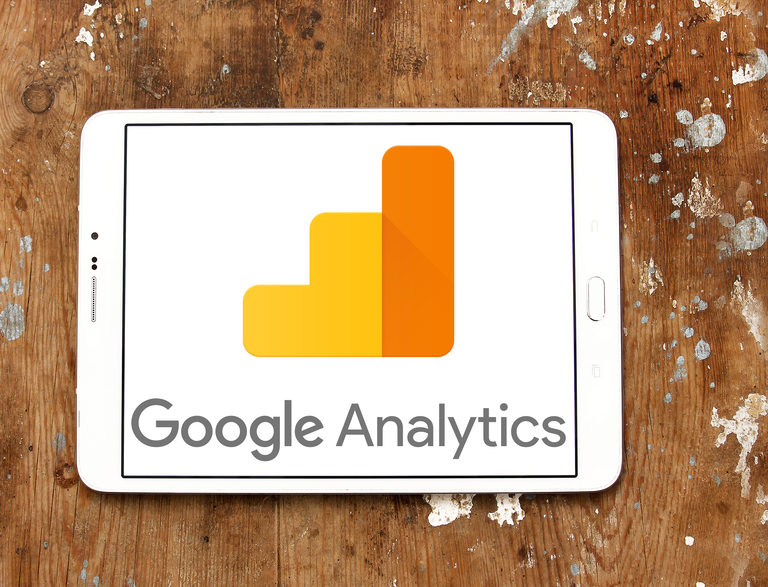In today’s business world, a website is an essential economic tool. Like any tool, websites vary from task to task. You wouldn’t use a hammer to trim a board or a saw to drive in a nail. Nor can a service website do the job of an e-commerce website. Any site should align with the organization and its goals. Yet no matter the business, all effective websites share some common, essential traits.
1. Effective websites provide an effective UX.
Without a friendly UX (user experience), visitors to your site are likely to leave annoyed, without ever connecting with your business. A quality UI (user interface) is intuitive – it enables users to easily complete whatever task they came to your site to accomplish, without confusion or frustration. An effective user experience also requires accessible, fast load times. Today’s web users lose patience quickly and will move along if your site takes too long to load.
This principle applies to your website across different operating systems, browsers, and devices (such as smartphones and tablets).
2. The best websites offer an aesthetically pleasing experience.
Since your website is a reflection of your business, it should present as professional and polished (though never at the expense of ease of use). The effective site uses the most appropriate layout, color palettes, fonts, and images.
3. Professional sites use powerful SEO to climb high on search engine pages.
Websites don’t automatically appear at or near the top of searches. Since users rarely go past the first page or two of any search, quality SEO (search engine optimization) makes a huge difference in whether readers will even find your site. Thus, savvy web design utilizes strategies for improving a site’s rank, such as links, keywords, and more. These are sound strategies, not tricks – Google and other search engines are on to unscrupulous websites and will quickly kick these sites down.
4. Effective websites provide a clear CTA.
Sure, you want a visitor to admire your professional website, but you want much more than that! You want to convert the visitor to a customer or client. “Shop now,” “Request a free consultation,” “Schedule an appointment” – whatever your business objective, that’s what you want a visitor to act on. To achieve this, your CTA (call to action) must be clearly visible and simple to submit.
5. To reach their intended audience, quality sites are well-marketed.
We don’t have to tell you that the competition out there is fierce! That’s why you need to be sure that prospective customers find your business and recognize their need for your products or services. Many strategies can help accomplish this, including paid SEM (search engine marketing), paid search ads, and PPC (pay-per-click) digital display ads. Well-planned SEM also knows how to target and qualify prospective customers by location, demographics, and other essential factors, to use the right keywords, to create compelling ads, and to appear in just the right places – all without overpaying.
With so many considerations – all needing to work together seamlessly – creating and marketing an effective website can be a daunting task. That’s where a professional, knowledgeable digital media service like Ross Media Solutions can help. Our team of professionals can build your site, then manage your search engine presence and marketing. The result will be an effective website and efficient use of your marketing budget.



